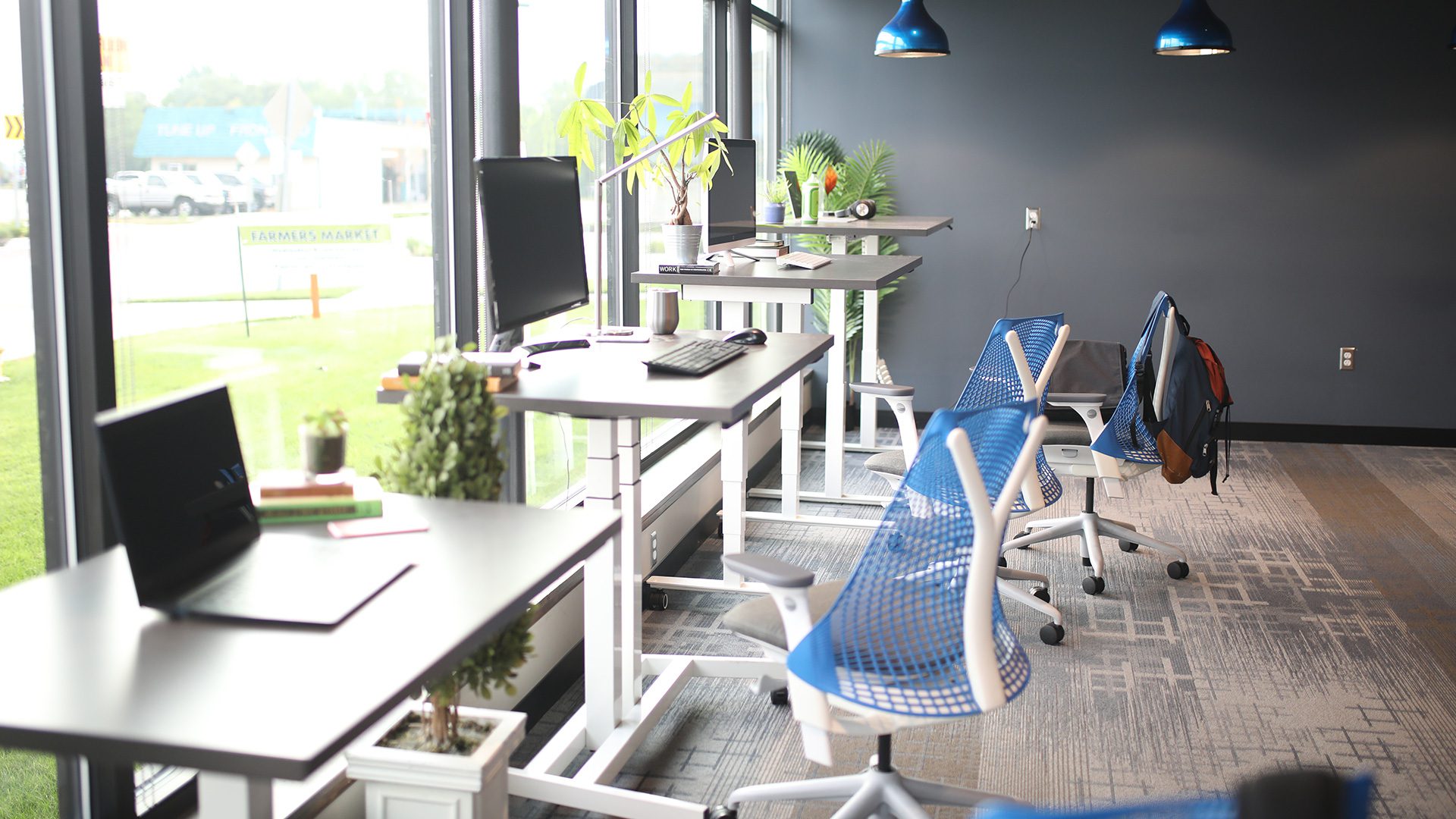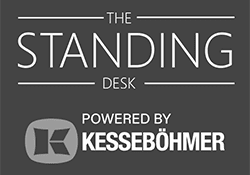Ergonomics is increasingly recognized as a crucial element of modern workplace design, impacting comfort, health, and productivity. At The Standing Desk, our ergonomic designs are informed by the latest research and tailored to meet the diverse needs of today’s workforce. By focusing on reducing physical strain and enhancing comfort, our desks are engineered to support optimal posture and facilitate movement.
What is Ergonomics?
Ergonomics involves designing and arranging workplaces, products, and systems to fit the people who use them. The goal is to enhance efficiency and productivity while reducing discomfort and risk of injury. In office environments, ergonomic design focuses on creating furniture that supports the body’s natural posture, minimizes strain, and allows seamless transitions between different work activities. This approach is vital in preventing musculoskeletal disorders prevalent among professionals who spend prolonged periods at their desks.
Scientific Research on Ergonomics and Posture
Ergonomic interventions in the workplace are well-supported by research that highlights their effectiveness in reducing musculoskeletal pain and improving worker well-being. Ergonomic chairs and desks are designed to support proper posture, pivotal in reducing muscle and joint strain. Correct posture alleviates common pains such as back, neck, and shoulder discomfort and mitigates issues like fatigue and headaches that stem from poor workplace ergonomics.
Studies have shown that ergonomic improvements lead to significant decreases in musculoskeletal disorder symptoms, reducing workers’ compensation and healthcare costs. For example, the use of ergonomic chairs that adjust to the user’s body has been shown to significantly decrease musculoskeletal pain.
Moreover, the adoption of ergonomics in office settings doesn’t just lead to health benefits; it also enhances productivity. By designing workstations that allow for good posture, less exertion, and fewer repetitive motions, employees can work more efficiently. This optimization of the work environment has been shown to increase productivity by as much as 25%.
CDC, Ergonomics and Musculoskeletal Disorders
ErgoPlus, 5 Proven Benefits of Ergonomics in the Workplace
BMC Musculoskeletal Disorders, The effectiveness of a chair intervention in the workplace to reduce musculoskeletal symptoms
Health Benefits of Ergonomic Standing Desks
Ergonomic standing desks provide significant health advantages that contribute to both physical and mental well-being in the workplace. These desks allow users to alternate between sitting and standing, mitigating health risks associated with prolonged sitting:
- Reduction in Musculoskeletal Pain: Studies have demonstrated that standing desks significantly reduce pain in the upper back, shoulders, and neck.
- Enhanced Caloric Burn: Standing more often during the workday increases caloric expenditure, aiding in weight management and obesity prevention.
- Improved Posture and Circulation: Standing desks promote better posture by aligning with the user’s eye level and natural posture, enhancing blood circulation and reducing cardiovascular risks.
- Increased Energy and Concentration: Alternating between sitting and standing boosts energy levels and improves concentration by enhancing blood flow and reducing fatigue.
- Lower Risk of Chronic Diseases: Regular use of standing desks can lower the risk of developing type 2 diabetes and cardiovascular diseases by promoting light physical activity crucial for health. This activity aids in regulating blood sugar and maintaining heart health, which are vital for preventing these conditions.
Smithsonian Magazine, Five Health Benefits of Standing Desks
Nuffield Health, Standing desk ergonomics
Steelcase, Standing Desk Research Proves Benefits of Standing at Work
Conclusion
Adopting standing desks is not just about following a trend—it’s about making a long-term investment in the health and well-being of employees. This commitment can lead to decreased healthcare costs, lower rates of absenteeism, and an overall increase in work satisfaction and output. Moreover, the positive impacts of such ergonomic interventions are supported by extensive research and real-world applications, demonstrating their effectiveness in both individual and corporate settings.
For companies looking to make meaningful improvements in their workplace environment, the decision to incorporate standing desks should be viewed as a pivotal component of an overarching strategy aimed at achieving higher health standards and operational efficiency. By prioritizing ergonomics, businesses not only enhance their workforce’s health but also bolster their bottom line through improved productivity and employee engagement.
Ultimately, the choice to integrate ergonomic solutions like standing desks into daily work routines is an affirmation of a company’s commitment to fostering a culture of health and well-being. This not only benefits the individual employee but also creates a more vibrant, energetic, and productive workplace for all.








